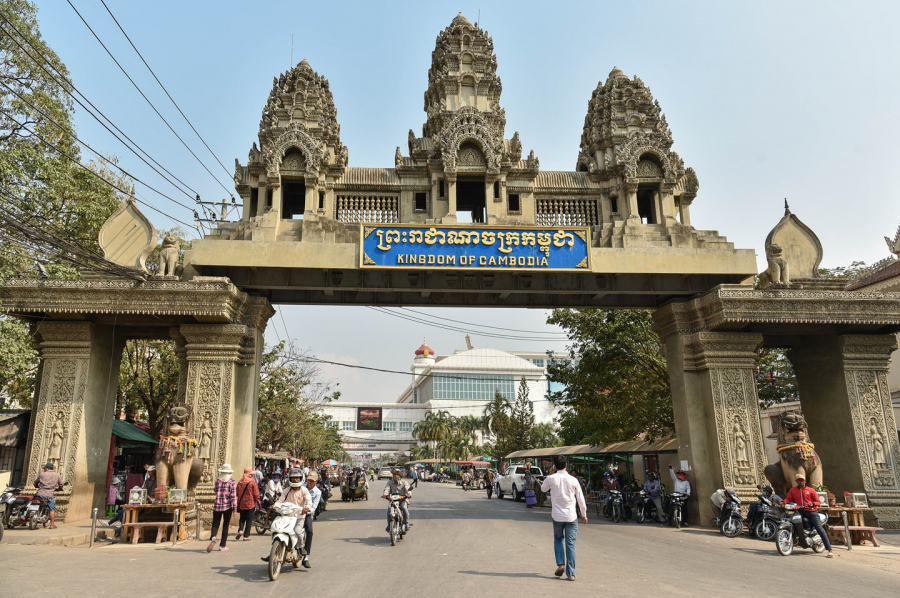Beautiful and fascinating archaeological site
Even if you're not a PhD in archaeology, you'll still be fascinated by visiting Angkor Wat - Cambodia's 12th-century temple complex that attracts a lot of tourists.
We recommend waking up early to catch the most spectacular sunrise at Angkor Wat. Afterwards, visit other nearby sites such as Angkor Thom, a lesser-known ancient city, and Ta Prohm, a historic site featured in the blockbuster Tomb Raider (the first part).
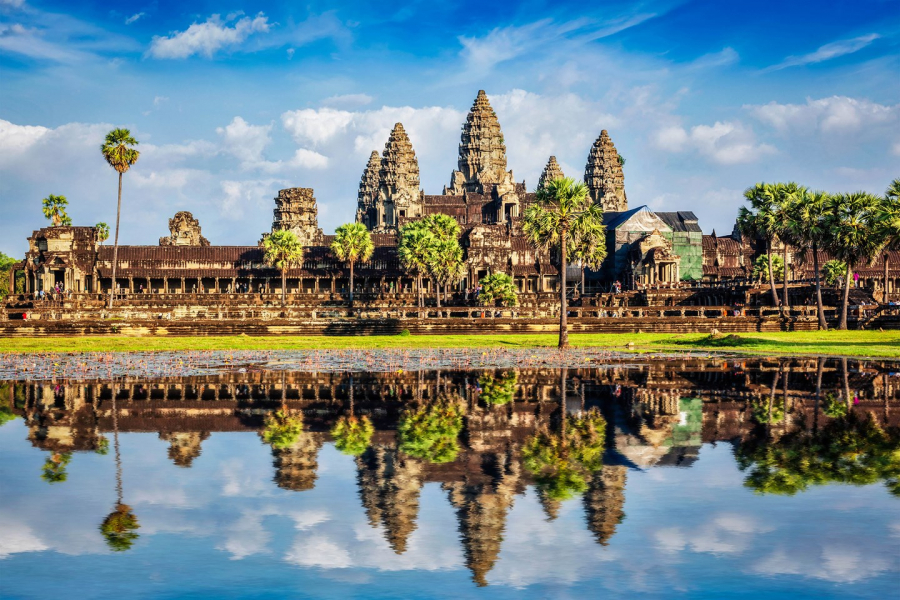
For those who want to learn about gems and interesting archaeological issues in Cambodia, they can go to the Angkor National Museum in Siem Reap.
Spicy food with unique flavors
Like Thailand and Vietnam, Cambodia has a very unique and attractive culinary culture.
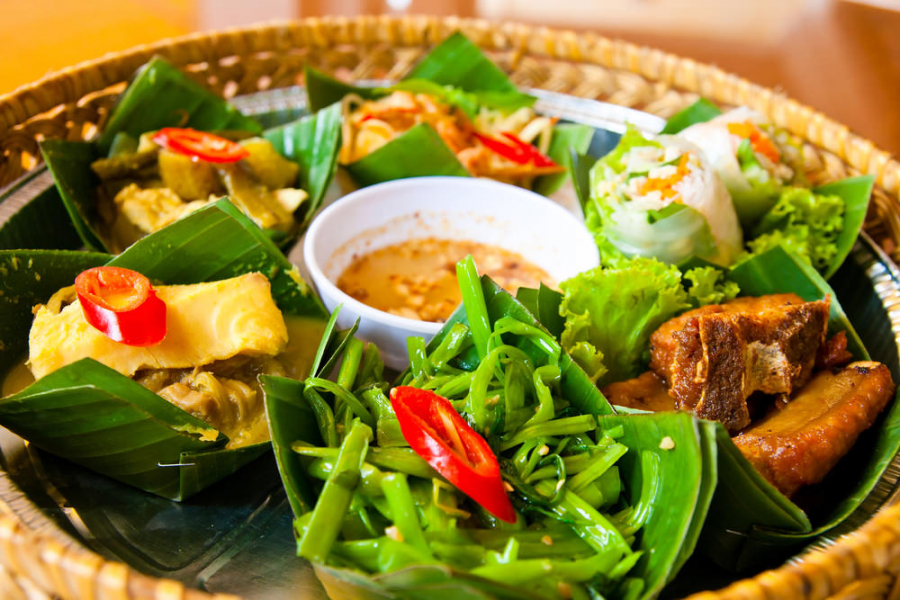
Cambodians have a habit of eating spicy food, but in restaurants, the owners often put the chili on the side for customers to serve themselves, instead of adding chili directly to each dish. Cambodian dishes use less sweets such as coconut milk, sugar, etc. than Thai cuisine, while bananas, limes, lemongrass and chives are popular to add flavor.

Cambodians often use herbs, rather than spices, to enliven dishes. Pork and chicken are the most popular meats, although seafood, especially crab and squid, is popular in coastal areas. Typical Cambodian dishes include fish curry, bok svay (a green mango salad served with dried fish) and samlor karkoo (a soup made from green vegetables and fruits – usually jackfruit, banana and papaya).
Art and delicious cocktails
Believe it or not, Phnom Penh is emerging as one of the coolest nightlife destinations in Southeast Asia thanks to its cheap riverside cafes and bustling bars like the tuk-tuk bars you'll find in the Bassac area.

But the favorite spot for journalists on weekends is the famous Foreign Correspondents’ Club. Built in the early 1990s, it was a popular hangout for journalists covering Cambodia’s post-war recovery. The venue attracts reporters because of its eye-catching interior, delicious cocktails, and discounts for foreign reporters.
Learn about historical values
Cambodia endured some of the darkest days of the 20th century: the genocide that occurred between 1975 and 1979, when the country was devastated by the Khmer Rouge. Today, tourists can come to Cambodia to learn about its history. A Cambodia tour with a local guide is the best way to learn more about the past, especially with a tour guide supported by a non-governmental organization (NGO).

We recommend visiting Choeung Ek, also known as the Killing Fields, an execution site during the Khmer Rouge era. A visit to Phnom Penh’s Tu Tu Sleng prison, where thousands of Cambodians were imprisoned and killed, will also be very instructive.
Local people welcome
Cambodians are incredibly proud of their country’s recovery and are very welcoming to visitors. So, if you can, while you’re in Cambodia, try to mingle with the locals by booking a dinner at one of the NGO-sponsored restaurants (e.g. New Hope Cambodia Vocational Training Restaurant) or visiting one of Cambodia’s social enterprises.
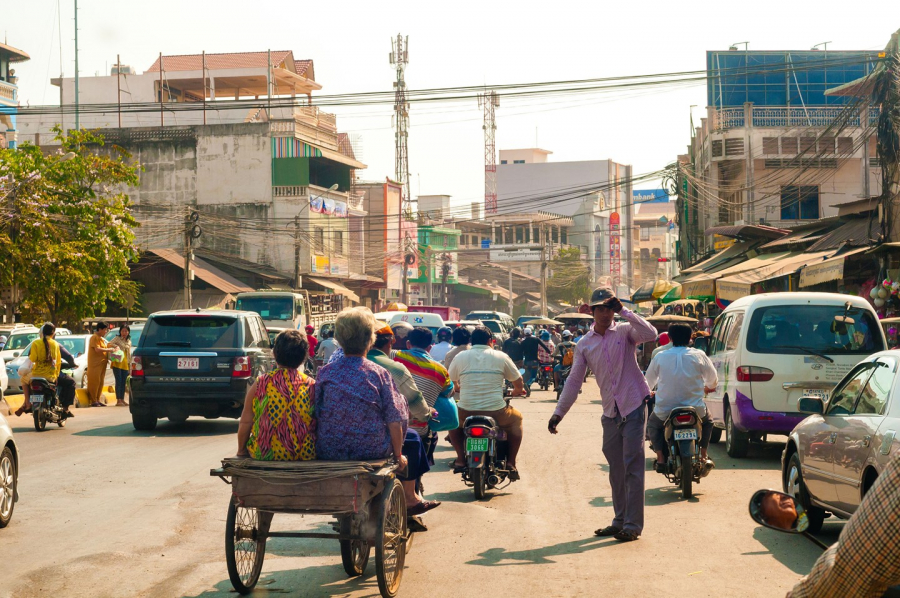
Beautiful and diverse scenery
Cambodia's landscape is beautiful and varied. The country is famous for its ancient temples but also boasts some of the best beaches in Asia, along with scenic views of the Mekong River, Southeast Asia's longest river.
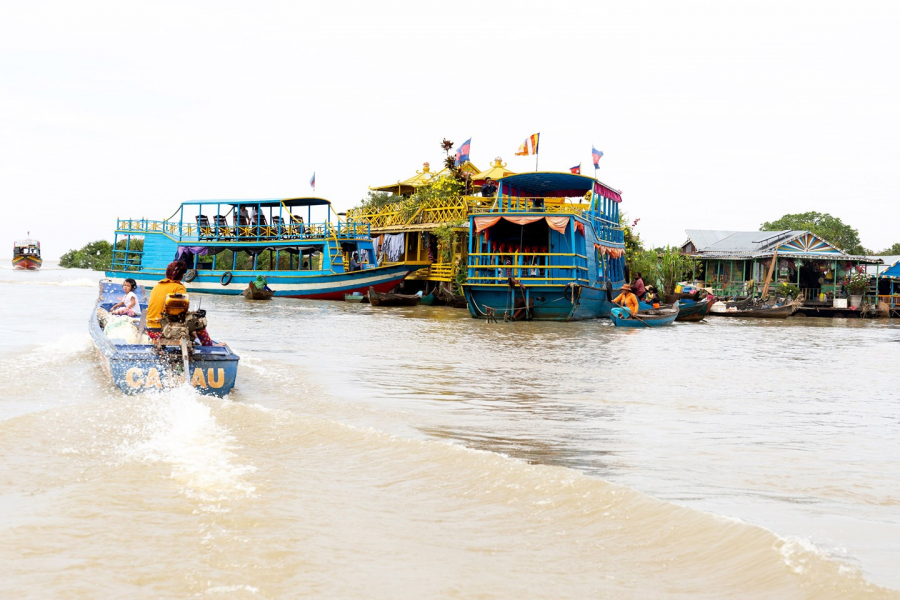
Alternatively, visit Tonlé Sap Lake, near Siem Reap, home to nearly 3 million people and numerous floating villages. Experience the bustle of Phnom Penh and explore the ancient architecture of the colourful eastern town of Kratié. This historic town is famous for its French colonial buildings and wide, tree-lined boulevards.
Easy access to neighboring countries
Cambodia is the perfect base for an overland adventure to its neighbors, namely Laos, Thailand and Vietnam. All of this can be done in one long trip. You can visit the capitals of Thailand (Bangkok) and Vietnam (Hanoi) very easily. It is also a great way to experience the diversity and colour of the border crossings, as you drive across the border from Vietnam into Cambodia or Thailand. You can choose to travel by plane, but nothing is more exciting than crossing the border by car.
